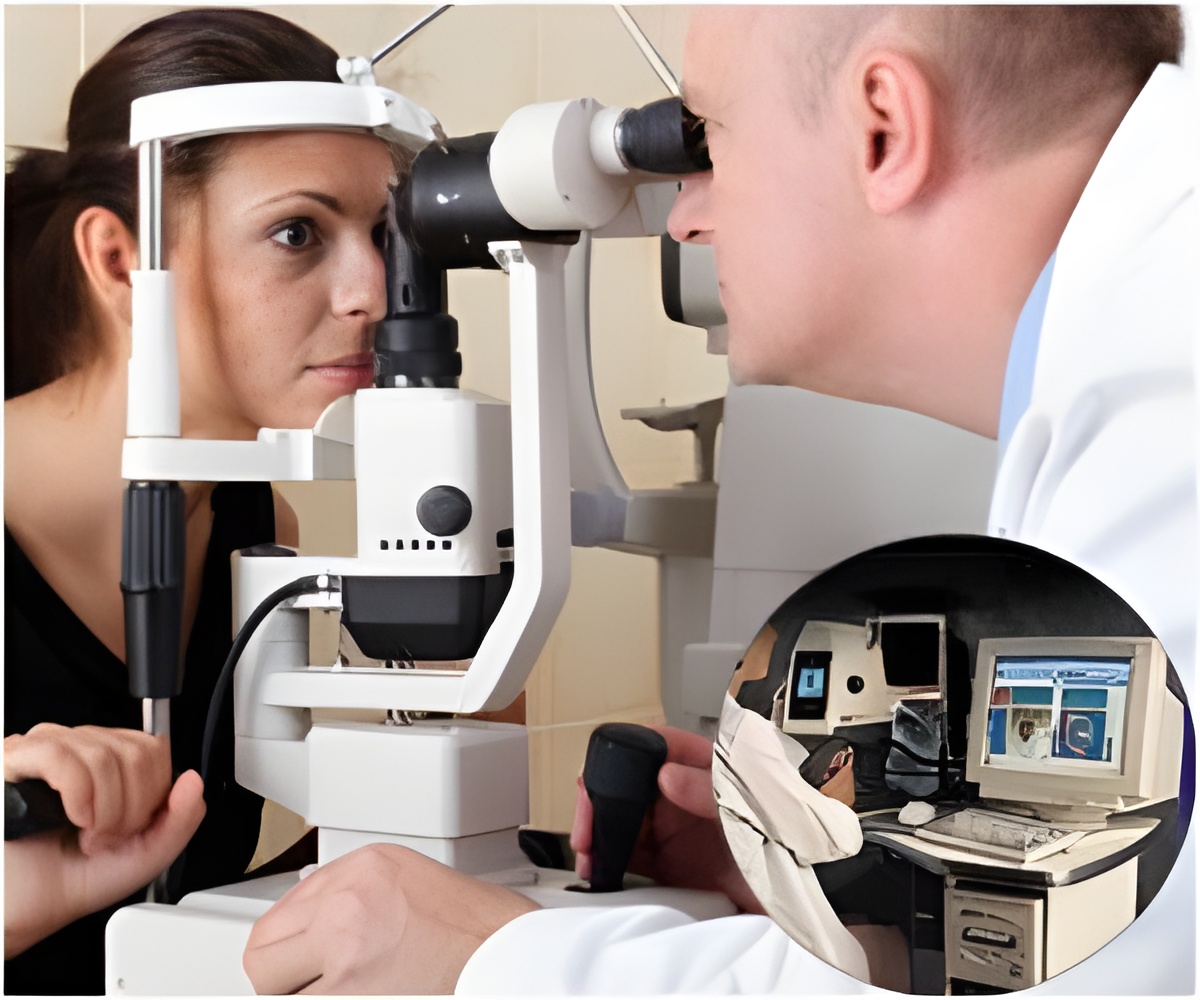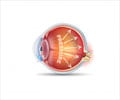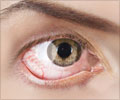Researchers are focusing on new approaches in diagnosing glaucoma by combining imaging and visual field data.

In a recent study by Michael V Boland, Assistant Professor of Ophthalmology at The Wilmer Eye Institute, Baltimore, data from 1499 eyes of glaucoma suspects and 895 with confirmed glaucoma eyes was identified to be studied. All the subjects underwent standard automated perimetry and Heidelberg Retinal Tomograph (HRT) imaging. The structure function index (SFI) was defined in three steps by a new technique combining the above two tests. The data was studied to study the following:-
1) calculate the probability that each visual field point is abnormal.
2) calculate the probability of abnormality for each of the six HRT optic disc sectors,
3) and combine those probabilities with the probability that a field point and disc sector are linked by ganglion cell anatomy.
Then by using receiver operating characteristic (ROC) analysis, the SFI was compared to the HRT and visual field.
In a concluding note, authors summed up by saying that the SFI reflects the typical clinical diagnosis of glaucoma by combining optic nerve structure and function. While doing so, it identifies a separate subset of patients with either visual field testing or optic nerve head imaging alone. Analysis of prospective data will allow researchers to identify whether the combined index of structure and function can provide an improved standard for glaucoma diagnosis.
http://www.biomedcentral.com/1471-2415/11/6
Source-Medindia












